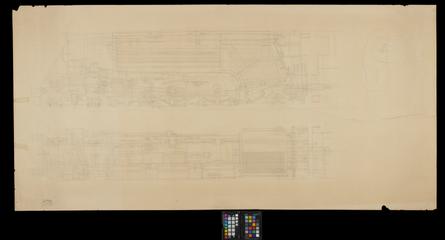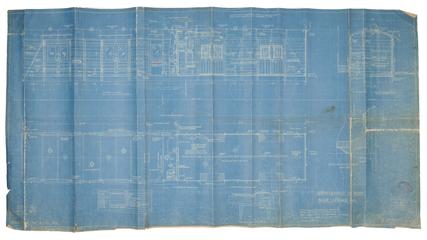
British Rail: Southern Region
Railways in Britain were nationalised under the terms of the Transport Act 1947 which came into effect on 1 January 1948. The Act created the British Transport Commission and the Railway Executive. The Act vested the business and assets of the then existing railway companies in the British Transport Commission. The Railway Executive, a corporate body subordinate to the British Transport Commission, was created to manage and operate the railways. It divided them into six geographical regions, largely based on the areas served by the pre-nationalisation railway companies, one of which was Southern Region.
It comprised the railway operations in England and Wales of the former Southern Railway Company. Although several lines previously belonging to former railway companies were transferred to it, notably sections of the former Great Western Railway lines to Weymouth, the Midland & South West Junction between Grafton and Burbage, the Didcot Newbury & Southampton between Newbury and Windsor, and the Reading – Basingstoke and Westbury – Salisbury lines, in an attempt to remove “penetrating lines”, Southern Region kept the line from Exeter to Barnstaple and Ilfracombe, which ran through Western Region territory. This line was transferred to Western Region in 1963. Some of its commuter services and lines were transferred to London Underground.
Although several branch lines closed during its existence, Southern Region, with its heavy-used passenger services, did not experience closures on the scale of other regions.
Southern Region served south London, southern England and the south coast as far west as Exeter. There were three aspects to its services: those in the London commuter areas of Kent, Sussex and Surrey, its long-distance services to the West Country from Waterloo station and its international service by rail ferry jointly with SNCF (French state railways). Much of the commuter network had been electrified by Southern Region’s predecessor companies on the third-rail 660 volt direct current system. Although British Railways’ policy was to electrify on the overhead 25000 volt alternating current system, Southern Region extended its third-rail electrification in the 1960s and 1970s.
Between 1948 and 1953 the regional manager was responsible to the Railway Executive for day to day operations in his region. After the Railway Executive was abolished in 1953, he reported to the British Transport Commission. In 1963, the British Transport Commission itself was abolished and replaced by British Railways Board. Between 1963 and 1968 Southern Region was a statutory board in accordance with the provisions of the Transport Act 1962, subordinate to and reporting to British Railways Board. It ceased to be a statutory board in 1968, following reorganisation of the railways’ business along functional lines. The name survived until 1992 when the railways were privatised.
